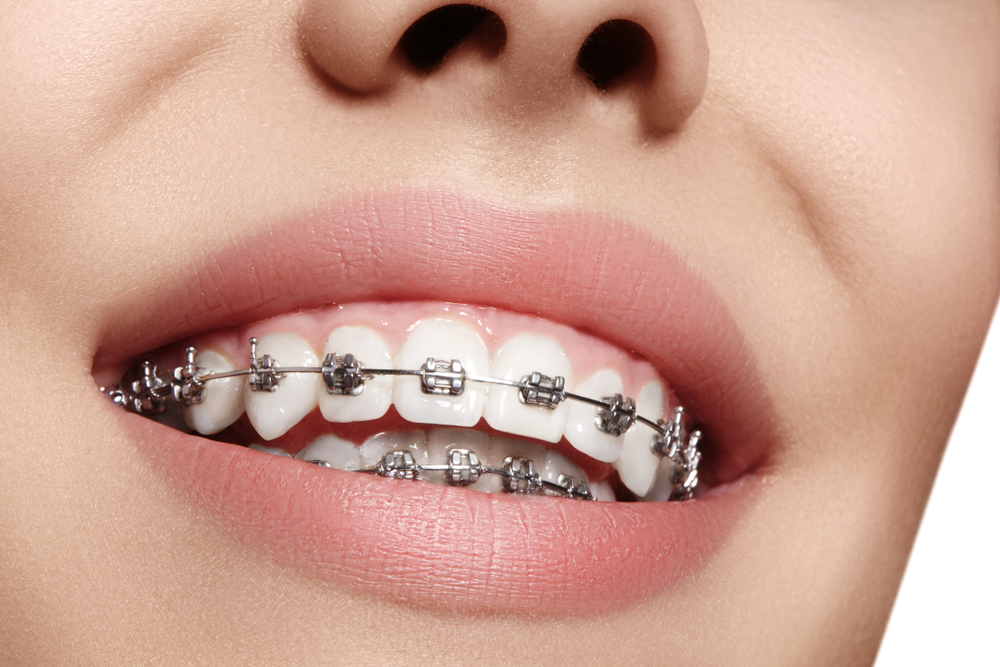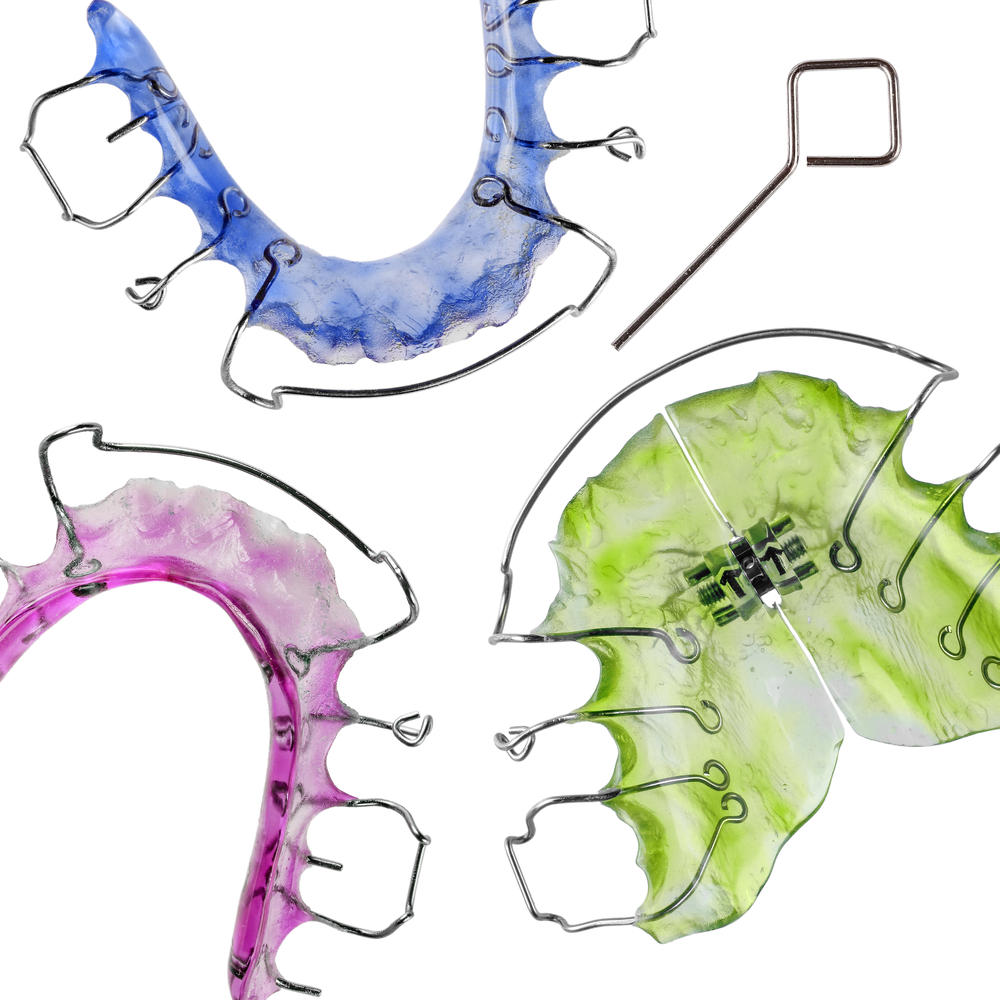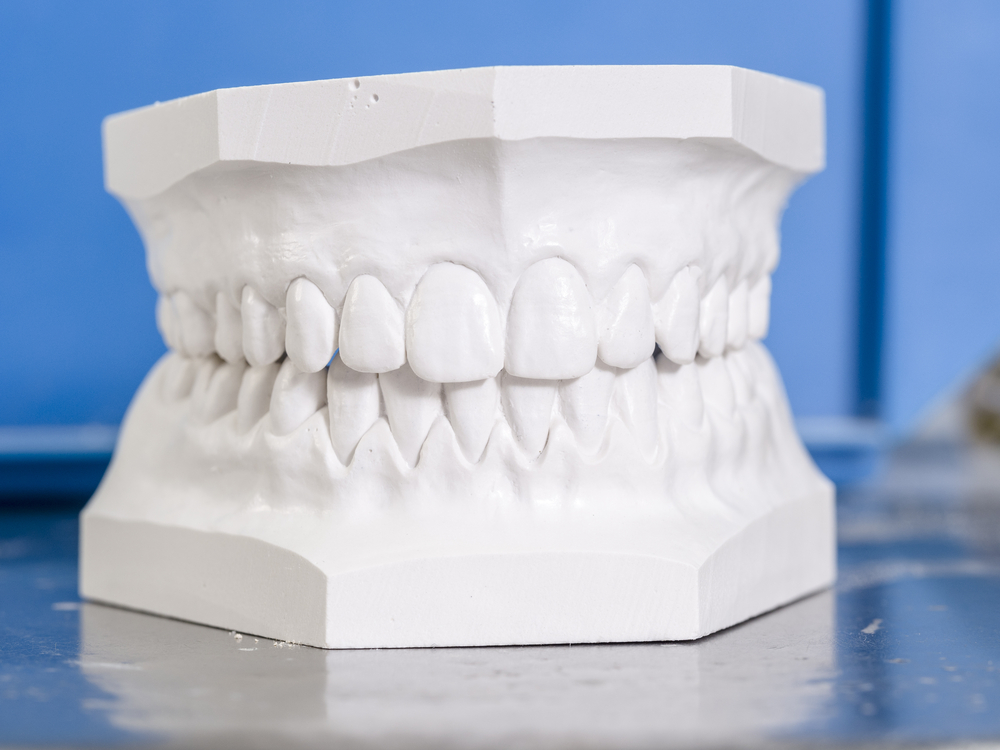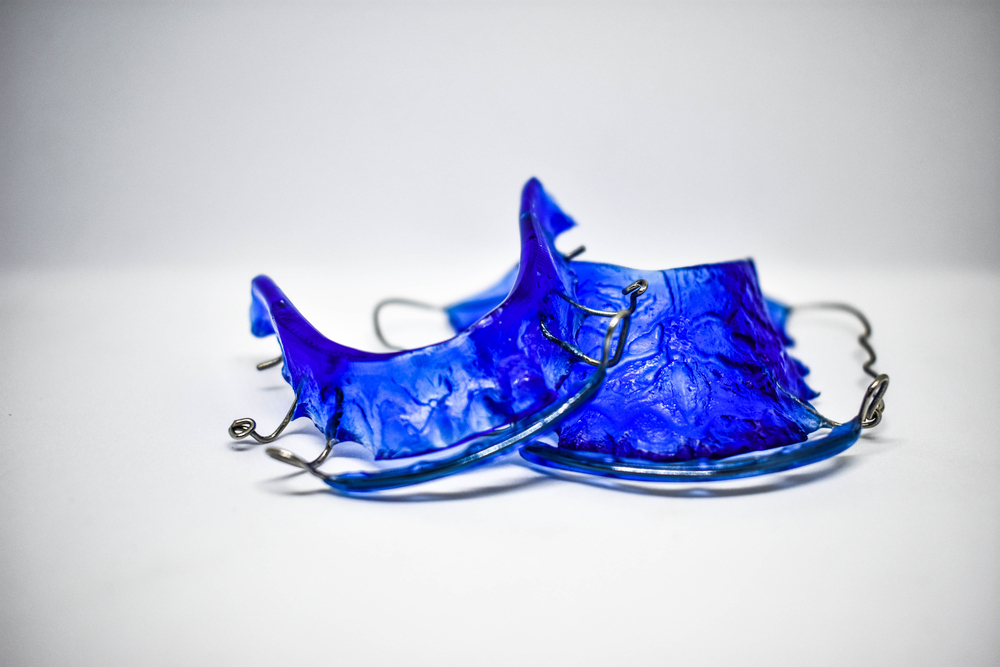
Orthodontics is dental specialty that deals with the treatment of malocclusion. In simpler terms, orthodontics straightens the teeth providing a harmonious and aesthetic smile, and above all, it heals the impairment of the masticatory system resulting from the improper position of the teeth.
Often a large malocclusion that interferes with the proper functioning of the masticatory system is not accompanied by a lack of aesthetics, but it could also be the other way around. Minor tooth displacement will destroy the aesthetics, which will lead to the patient visiting an orthodontist.
During routine control visits to the dentist, an orthodontic analysis should also take place in order to detect any obvious irregularities and refer to a specialist for consultation. It is particularly important during the pediatric age children, where it is crucial to control the order of eruption of permanent teeth and their correct position in the dental arch.
Before starting treatment, additional tests, such as radiographs: orthopantomograms and cephalometric radiographs, extraoral and intraoral photographs are performed. Initial impressions are also taken for analysis and treatment planning. After thorough analysis, the doctor presents the patient with possible forms of treatment and discusses any ambiguities. Before the patient decides on a particular form of treatment, the teeth must be restored conservatively if needed and a cleaning and scaling performed to remove calculus and plaque deposits.
Methods of treatment
Orthodontic appliances used in orthodontic treatment are divided into two groups: fixed and removable.
Removable appliances
Removable appliances are a group of devices that can be removed by the patient from the oral cavity. They consist of an acrylic plate and metal elements such as clasps that hold the apparatus on teeth and dental arches, and springs or screws that exert forces needed to move the teeth. They are used mainly in children to treat specific malocclusions due to the less precise effect on individual teeth. In adults, they have been used as retention devices to maintain already completed orthodontic treatment.

Fixed appliances
Fixed devices are permanently glued to the patient's teeth and it is not possible to remove them from the oral cavity. They consist of:
- locks, which are attached with tooth glue and mediate the transfer of forces
- rings placed on the molars that provide the main anchorage of the apparatus
- active elements in the form of arches, ligatures, springs, and chains
The metal arch is mounted into the locks on the teeth with the help of rubber-band-ligatures, which can differ in color depending on the patient's preferences.
Among fixed appliances, we can distinguish metal, as well as ceramic or crystal types, which can be the same color as the tooth or transparent to be more aesthetic. The disadvantage of these appliances is the higher price compared to standard metal ones.

Orthodontics step by step:
- The first step is the orthodontic consultation, during which the patient is fully diagnosed in order to make a decision about the proper treatment. In addition to the basic dental examination, the orthodontist orders radiographs such as: an orthopantomogram and a cephalometric radiograph (link here). Medical documentation is enlarged with extra-oral photographs that show the facial features of the patient and how they look while smiling and from the profile view, as well as intraoral images of the upper and lower arches in occlusion and while abducting the mandible. On this visit, impressions of both arches are also taken, on the basis of which the technician can make gypsum models. Thanks to all these elements, the orthodontist will plan the right treatment and the patient will get a reference to which he and the doctor will be able to see the progress of the treatment.

- On the second visit a detailed treatment plan is presented. The doctor and the patient discuss any questions and doubts. The patient chooses a specific treatment option knowing exactly its possibilities and limitations.
- The third visit is the moment when the orthodontist places the appliance on the patient's teeth. Orthodontic brackets are glued to the tooth with composite material. Depending on the treatment plan, the upper and lower braces may be placed at the same time or these procedures may be postponed. The arch is attached to the locks with ligatures. The patient receives precise instructions for oral hygiene and diet and dental wax to apply to protruding parts of the device, such as locks or ring elements, in order to prevent the irritation of soft tissues that commonly occurs in new braces wearers.
- The next stages involve is a series of control visits during which the effects of treatment are assessed, the parts of the appliance are activated, additional components are added in the form of chains and springs. Control visits occur on average every month, and the entire treatment duration depends on the initial state of dentition, from one to three years.
- After obtaining the desired effect, the appliance can be removed. An orthodontist removes the locks from the teeth with special forceps and removes glue residues with a drill - this treatment is completely safe for tooth tissues. At this stage, it is worth performing professional cleaning treatments, such as scaling, sandblasting, and fluoridation.
- In order to maintain the achieved effects of the treatment, retention is applied, which will prevent tooth movement and recurrence of the malocclusion. In patients we can use permanent retention in the form of a metal wire placed on the lingual surface of the anterior teeth, which is not visible or removable, in the form of a retainer that the patient must wear every night, or a transparent aligner ideally adapted to the teeth. The retention period usually lasts twice as long as the active treatment period.

Offer
Warszawa Ochota
Adres:
ul. Dorotowska 9
02-347 Warszawa
Telefon: +48 501 328 772
E-mail: recepcja@ddclinic.pl
Godziny otwarcia:
Poniedziałek - Piątek: 9:00 - 20:00
Sobota: nieczynne
Warszawa Ursynów
Adres:
ul. Migdałowa 10 lok.5
02-796 Warszawa
Telefon: +48 502 070 050
E-mail: recepcjaursynow@ddclinic.pl
Godziny otwarcia:
Poniedziałek - Piątek: 12:00 - 20:00
Sobota: nieczynne
